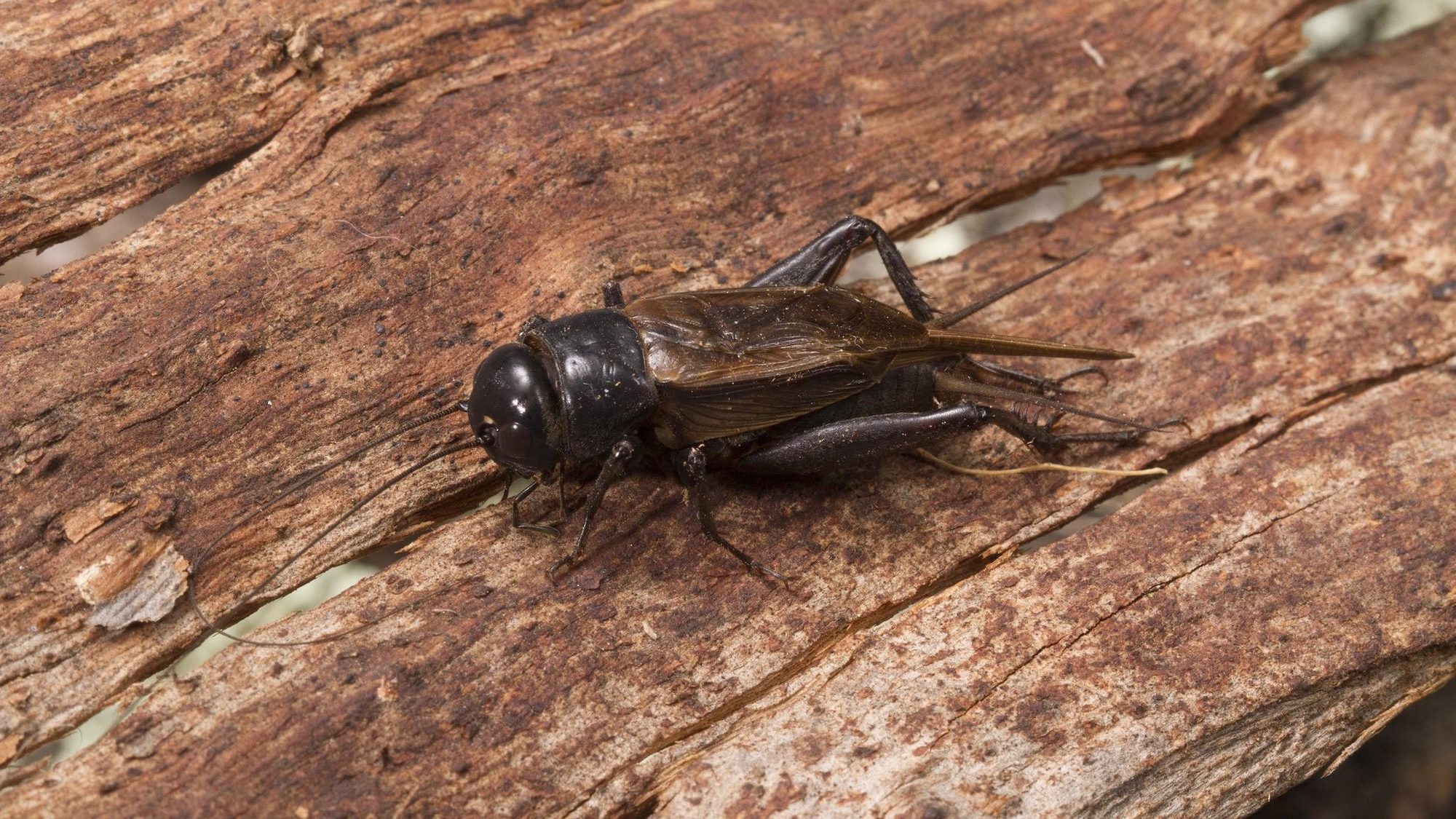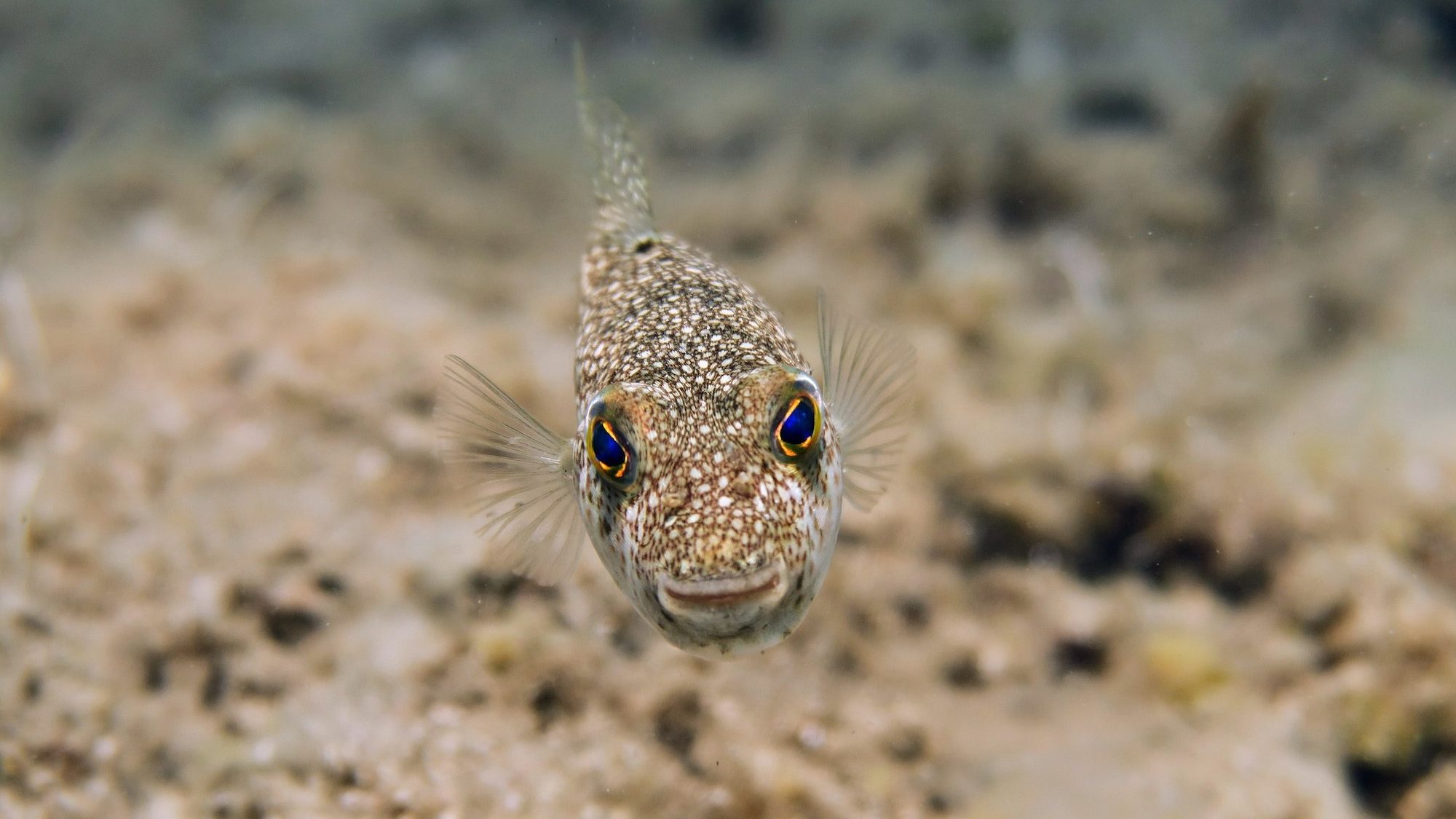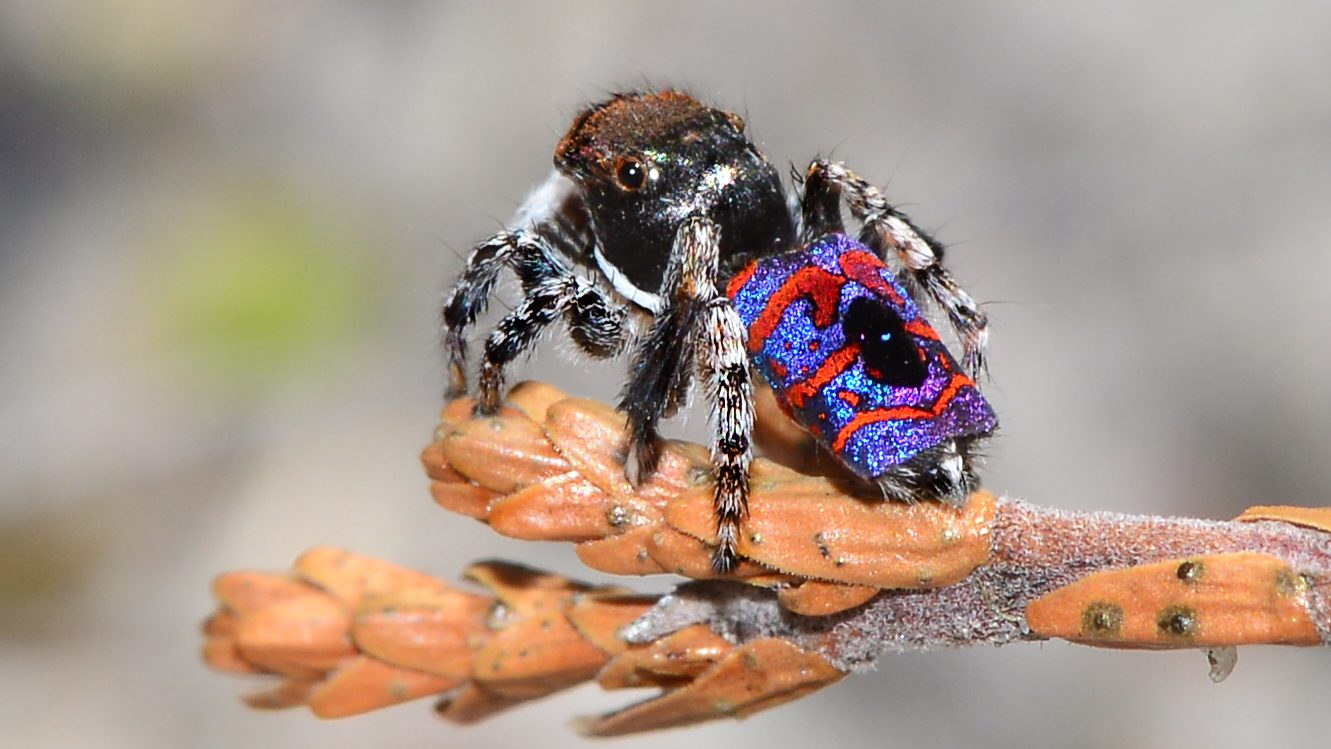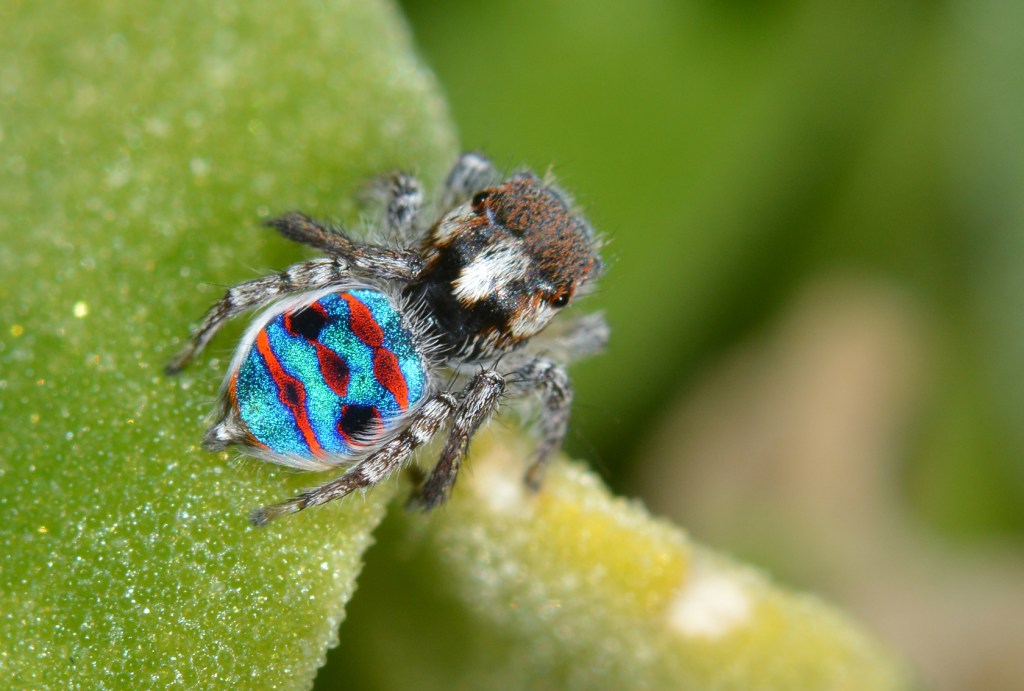The sentiments on Valentine’s Day cards notwithstanding, courtship can be a precarious endeavor.
For species like the giant Pacific octopus, praying mantis, or antechinus, it can at times be lethal (the antechinus literally mates until it dies). But even in species where one or both parties runs a real risk of death in an encounter, the imperative to reproduce outweighs the risks. And for many species, reproduction is less a dance with death than an actual, well, dance.
Take the greater sage grouse, native to much of the western half of the United States. Its males puff up their chests and fan their tail feathers in a dazzling display for hens, which often appear disinterested at best.
For others, it’s a matter of collecting pretty objects to woo a mate, such as a bower bird, which piles anything blue it can find to impress a female. Male chimpanzees, maybe most like ourselves, will present females with gifts of meat, sometimes for years, before the female consents to a relationship of any kind.
As odd as some of these may sound, they are downright normal compared to some of the other creatures sharing this planet. In honor of the time of year when love is in the air, take a peek at the courtship and mating lives of these four very different species.
-
Deep-Sea Angler Fish: Latching Onto Love
Companionship can sometimes mean losing yourself, but rarely do species take the expression quite as seriously as the deep-sea angler fish. These denizens of the deep, made famous by their caricature in the popular children’s movie “Finding Nemo,” simply become one another. Or at least, the male becomes part of the female.
Male anglerfish float around in blackness of the bottom of oceans, existing entirely in the hopes they come across a mate by using their “relatively huge nostrils” to seek female pheromones.
Basically, they sniff the ocean looking for love. Once they find a female, the tiny males (some are as small as a centimeter and females can be 60 times their length), sink their teeth onto the female’s belly. There it only gets weirder.
A 2005 paper published in the journal Springer explains: “the male becomes permanently dependent on the female for blood-transported nutrients, while the host female becomes a kind of self-fertilizing hermaphrodite.”
The male essentially dissolves, losing his eyes and organs until he’s mostly just reproductive tissue hanging from the female ready for her to use whenever she likes. Oh, and a female could have as many as half a dozen males attached to her at any given time.
-
Field Crickets: Beauty Standards Matter

Teleogryllus commodus, the black field cricket. © Catching The Eye / Flickr We all have our own ways of choosing a mate. For the female black field cricket, it’s attractiveness. The cricket, measuring between 2 and 4 centimeters, is the most common cricket in Australia and often considered a pest. But it’s their mating choices that garnered the interest of researchers from around the world.
In a 2006 paper published in the journal Evolution, authors show that female crickets prefer mating – or at least the possibility of reproducing – with more attractive male crickets.
How would researchers test such a hypothesis? Well, by breeding hundreds of crickets and closely watching their behavior.
When a male cricket encounters a female with its antennae, “it produces a courtship call during which he moves backward toward the female, while lowering his body to the ground,” the paper reads.
They mate, and the male leaves behind his spermatophore tube. Here’s where the female gets picky. With some males, the female will remove the tube before she is inseminated, essentially rendering the experience fruitless for reproduction. She leaves it in longer after mating with attractive males than unattractive ones.
But the unattractive crickets figured out a workaround, according to the authors. They guard the female after mating, ensuring their seed stays inside long enough to fertilize her eggs.
-
Pufferfish: Artistic Designs

A pufferfish in the Torquigener genus, Torquigener flavimaculosus. © Martijn Klijnstra / Wikimedia Commons Somewhere in the ocean off the coast of Japan, lives a little pufferfish no longer than 120 centimeters producing fantastical geometric circular designs to attract a mate.
Divers first discovered one of these patterns – which can be as much as 2 meters in diameter – in 1995 and dubbed it a “mystery circle.”
It wasn’t until 2011 when researchers saw the male pufferfish using his tail, fins and wiggly body to make the designs, according to a 2013 paper in the journal Scientific Reports.
The intricate designs require males to swim in circles and then across radially in various directions to create peaks, valleys and flattened areas with fine sediment. Males even use shell and coral fragments to decorate the design’s peaks.
All the effort is to attract a female. When successful, a female pufferfish approaches the circle in its final stages of construction and releases eggs in the center fine sediment.
“After spawning, males remained in the circular structure for six days to care for the eggs,” the paper reads. Only the male doesn’t work to maintain the design, rather allowing ocean currents to flatten the peaks and level the valleys. The eggs eventually hatch, and the male moves on to the next nest site, never reusing his old canvas.
-
Peacock Spiders: Fancy Dancers

A banksia peacock spider, Maratus mungaich, found in southwestern Australia. © Jean and Fred / Wikimedia Commons Sometimes, the showiest creatures are also the smallest.
Seen with our naked eye, peacock spiders look like tiny little jumping brown dots, if we notice them at all. Many peacock spiders measure as little as a few millimeters.
Seen through a macro lens, however, the males look an awful lot like their namesake peacock. And those jerky movements that seems sporadic from a distance are actually carefully choreographed dance moves designed to attract a female, according to Jurgen Otto, one of the world’s peacock spider experts.
They wave their outstretched hind legs around like ballerinas and flap a colorful opisthosomal fan in the air. Unfortunately for males, female peacock spiders only mate once in their lives. Males, writes Otto, either can’t distinguish if a female has mated, or doesn’t care.
“Females deter such pesky lovers in a number of ways. In the first instance they will just ignore him or walk (jump) away,” he writes. “If this doesn’t work the female may raise her abdomen and move it from side to side as a clearer sign of her unwillingness to mate.”
If a female has already mated, and is hungry, well, then the male may not only fail to mate, but also become a snack.




Join the Discussion
1 comment